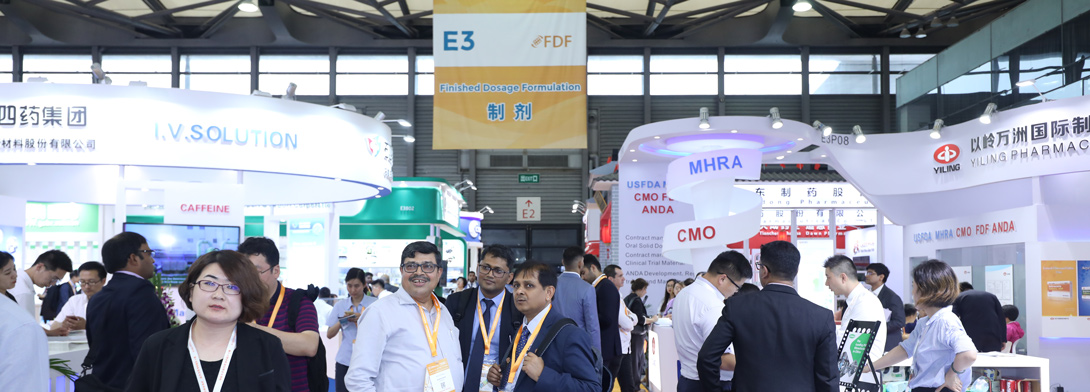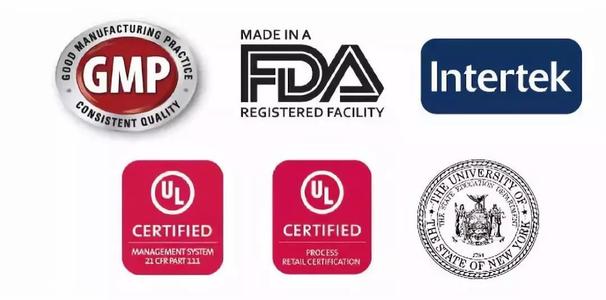
- English
- Español
- Português
- русский
- Français
- 日本語
- Deutsch
- tiếng Việt
- Italiano
- Nederlands
- ภาษาไทย
- Polski
- 한국어
- Svenska
- magyar
- Malay
- বাংলা ভাষার
- Dansk
- Suomi
- हिन्दी
- Pilipino
- Türkçe
- Gaeilge
- العربية
- Indonesia
- Norsk
- تمل
- český
- ελληνικά
- український
- Javanese
- فارسی
- தமிழ்
- తెలుగు
- नेपाली
- Burmese
- български
- ລາວ
- Latine
- Қазақша
- Euskal
- Azərbaycan
- Slovenský jazyk
- Македонски
- Lietuvos
- Eesti Keel
- Română
- Slovenski
- मराठी
- Srpski језик
What is the difference between API and FDF in pharma?
2023-10-24
In the pharmaceutical industry, you might hear the terms “FDF” and “API” frequently used in reference to products. We surely understand this type of jargon, but we certainly can see how the general public would feel overwhelmed looking at those kinds of terminology abbreviations. This article is for explaining the difference between API and FDF. For reference, they mean, respectively, “finished dosage form” and “active pharmaceutical ingredient.”
At Sandoo Pharma, we may be very professional in pharmaceutical APIs and intermediates for our clients, but we also want to be understandable to laypeople and the rest of the public. The world of chemicals production can indeed be quite technical and involved, but it means nothing if our work is so opaque as to be confusing.
In that case, we will be using this article to discuss the difference between FDF and API and how these two pieces of the pharmaceutical formulation process are interrelated and what we can do in this field.
WHAT IS AN FDF?

As stated previously, FDF stands for finished dosage form, and it refers to the actual finalized drug product that is meant for consumption. FDFs can take a variety of forms, including solid tablets or capsules, a liquid solution, or another type. FDFs usually contain an API alongside various inactive ingredients.
All drugs are made up of two core components: the API, which is the central ingredient, and the excipient, the substances other than the drug that helps deliver the medication to your system. Excipients are chemically inactive substances, such as lactose or mineral oil in the pill.
Although inactive ingredients play no role in the drug making you feel better, they can have side effects on the body. Read the possible side effects on the next container of prescription medications you get to see how these ingredients might affect you.
In this case, then, the next time you see “FDF” in reference to pharmaceuticals, you will know the term simply refers to the physical form of the drug that was produced for sale at any pharmacy where customers shop.
WHAT IS AN API?
We just referenced APIs, or active pharmaceutical ingredients, but we can get into some more details here. The Active Pharmaceutical Ingredient (API) is the part of any drug that produces the intended effects. Some drugs, such as combination therapies, have multiple active ingredients to treat different symptoms or act in different ways.
Manufacturers use certain standards to determine how strong the API is in each drug. However, the standard can vary widely from one brand to another. Each brand might use different test methods, that can result in different potencies.
In all cases, manufacturers are required by the FDA to prove the potency of their products in real-life patients, as well as in laboratory conditions.
Production of APIs has traditionally been done by the pharmaceutical companies themselves in their home countries. But in recent years many corporations have opted to send manufacturing overseas to cut costs. This has caused significant changes to how these drugs are regulated, with more rigorous guidelines and inspections put into place.
While many pharmaceutical companies are located in the United States and England, most API manufacturers are overseas. The largest are located in Asia, particularly in India and China.
More and more companies are outsourcing to cut costs on expensive equipment, employees, and infrastructure. While this has helped their bottom line, there is continued concern about the quality of these APIs produced overseas.
REGULATIONS

The quality of APIs has a significant effect on the efficacy (producing the result desired) and the safety of medications. Poorly manufactured or compromised APIs have been connected to serious issues, such as illnesses or death.
Even in the case of outsourcing, APIs are subject to stringent regulations and oversight from the country they are shipped to. For example, API manufacturing plants overseas still go through an inspection by the U.S. Food & Drug Administration.
As evidenced by the creation of APIs, the pharmaceutical industry is rapidly changing. Companies no longer handle every step of the drug-making process. One company used to create the API, build the capsule, and package the medicine—but no longer.
In response, governing bodies responsible for patient and public safety have instituted intense screenings to ensure medication quality and prevent defects. Violating any of these established standards can result in fines or very expensive recall for the pharmaceutical companies behind these manufacturers.
WHAT ARE WE DOING?
We Sandoo Pharma, develops many close partner manufacturers, including research and development (R&D) centres and GMP/FDA production facilities. We canoffer API and intermediates along with documents, such as CMC and DMF profiles.
Almost 14 years of experience in supplying pharmaceuticals and chemicals to European, Asian and North of American clients makes Sandoo a reliable partner as it anticipates its customers’ needs. Our company’s main objective is that there is no shortage of raw materials in the r&d and production process of the pharmaceutical company to enable pharmaceutical companies to efficiently and economically develop and produce drugs for the benefit of human society.
Cooperation, Discussion, Development with Sandoo Pharma. We are here for you. If you are interested in our products, pls contact us.




